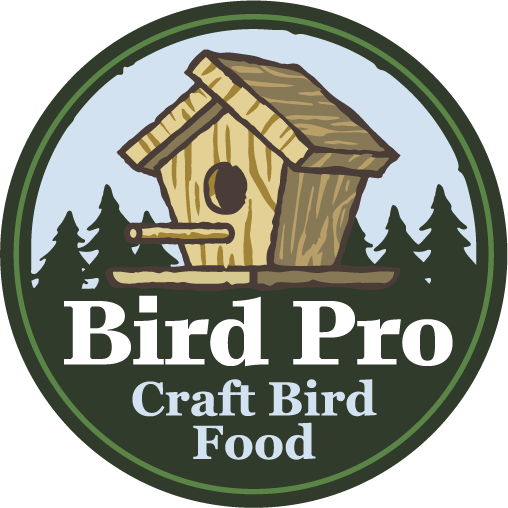The Benefits of Better Bird Food
Birds are an unbelievably beautiful and bountiful boon to our world’s biodiversity. Their ability to adapt to living in a multitude of climates on every continent of the world can be attributed, in large part, to their high body temperatures. It allows them to live in places as warm as the tropics and as cold as the Antarctic, concentrating their energy on activities that help them survive and diversify further through flight, migration, and reproductive success.
Understandably, these integral parts of bird life are very demanding of food and water to fuel their high energy consumption. Not all birds can find access to this energy in the same form. Some birds only eat seeds because they are rich in fat and protein. Some birds thrive on eating fruit and veggies. Still others eat other animals such as insects, fish, small mammals, or even other birds for a protein-rich diet. On one end of the spectrum, hummingbirds are known to eat the sugars from plant nectar almost exclusively, while at the other end, vultures are known for only eating carrion, serving as nature’s composters.
In a perfect paradise, the natural features of Earth’s land would feed birds plenty. But with the human settling of these natural lands, your home and backyard now stand where these forests and streams once stood. While some birds have adapted well to increasingly urban and suburban environments by living off pests and insects common to man-made lawns, or even foraging through human trash, others are not so well-suited to these anthropogenic spaces and benefit from the availability of bird food to supplement what is left of their natural environments. For those of us who care for these birds, it is our responsibility to provide the best nutrition available for birds living in these urban environments.
When you’re at the store or ordering online, how do you find the best bird food for your feeder? Check the ingredients label. Look for seeds, nuts, and fruit when possible. They provide more energy to birds by being full of proteins, fats, and vitamins. In general, a bag of bird food that is heavier for its size has a higher proportion of these nutritious, energy-dense ingredients. Many birds have favorites. For example, Nyjer Thistle seed attracts finches, juncos, indigo buntings and towhees, while black oil sunflower seed attracts cardinals, blue jays, woodpeckers, nuthatches, and chickadees. Having a variety will attract a wider variety of birds to your backyard.
You may be tempted by more inexpensive mixes. If you can afford it, resist spending less money on these mixes because they usually have a higher proportion of less nutritious food. When birds come to your feeder, they may choose to pick past these ingredients to get to their favorites and scatter the rest on the ground beneath just for you to clean up later. With a more nutritious mix, your avian visitors are more likely to eat all of what you provide in your feeders, and to get fuller faster, allowing your bag of bird food to last longer than a less nutrient-dense mix. That’s more bang for your buck!
Did you find this helpful? Do you have any questions or comments? Message us through our Contact Page with your responses and suggestions. Don’t forget to check back here for more fun and interesting articles. We might write something inspired by you!

